How To Reduce The Appearance Of Pores
First, Understand Why You Need Pores
“A pore is essentially a small opening in the skin that contains both a hair follicle and a sebaceous gland. Sebaceous glands are responsible for producing the sebum (oil) that forms an integral part of our skin’s protective barrier, while also preventing moisture loss that would otherwise cause extreme dryness. The pore itself acts as a channel to deliver the sebum to the skin’s surface.” – Pandora Long, aesthetic facialist
‘Shrinking’ Them Is Actually A Myth
“One of the biggest misconceptions about pores is that they can open and close like doors, and be completely removed. Pores do not have muscles to allow them to open and close. Technically, it’s not possible to permanently shrink or enlarge pores, but you can influence their appearance. Proper skincare can make them less noticeable (by exfoliating around them), whereas neglect can make them appear larger.” – Dr David Jack, aesthetic doctor
“Pores aren’t connected to muscles, so they cannot contract and relax in the same way. That said, hot water and steam can loosen up debris or dirt in the pore and make it easier to extract, so it’s not to say temperature has no effect – just not in the way we’ve been led to believe.” – Pandora
It’s A Common Skin Complaint
“Large pores are increasingly up there as one of the more common client concerns across all ages and skin types, but this is due to unrealistic standards perpetuated online, mainly by social media. We’ve become so used to seeing complexions that have no texture and, as a result, people are so much more critical of normal, imperfect skin.” – Pandora
Some People Just Naturally Have Larger Pores
“Genetics play a part – skin type is largely hereditary, and therefore people with inherited oily skin tend to have overactive sebaceous glands. This can lead to an overproduction of sebum which contributes to a larger size. Also, as we age, our collagen and elastin levels deplete within the layers of the skin, including the pores. This reduction in collagen causes them to lose their framework, sag and look more visible. Sun damage is another potential culprit – UV rays accelerate the breakdown of the collagen and elastin that keep the pore tight.” – Pandora
We’ve also investigated the treatments, ingredients and non-negotiable steps that can make a difference...
Build A Consistent Cleansing Routine
“Not taking care of your skin properly can lead to a build-up of dirt and oil within the pores which can cause them to look more prominent. Make sure you are cleansing properly – some make the mistake of not cleansing thoroughly enough to remove all grime and debris or overdoing it which can strip the skin barrier and stimulate excess sebum production.” – Pandora
Give Steaming A Go
“This method helps to soften the upper layer of the skin, making it easier to clear out any blockages in the pores. While it can temporarily make pores appear less prominent by loosening debris and oil, note that it doesn’t reduce the actual size of pores.” – David
Add A Liquid Exfoliant
“Salicylic acid is a great active skincare ingredient, dissolving pore congestion to keep them clear from blockages. It’s also an exfoliant, meaning it breaks down desmosomes – the bonds that bind skin cells together. Without the use of exfoliation, a build-up of dead, hard skin cells can form a roof over the pore to trap dirt and increase chances of clogging, so BHAs are really beneficial for overall pore maintenance and visibility.” – Pandora
Consider A Professional Treatment
“Microneedling causes tiny little traumas superficially in the skin using needles, which the body then heals with collagen produce as part of the wound healing process. Collagen breakdown due to age and UV damage can contribute to larger-looking pores, and therefore microneedling can help to rectify this by increasing collagen levels to keep pores tight. The same goes for other collagen induction treatments like fractional laser, which instead of needles uses a laser beam divided into thousands of microscopic treatment zones to target both the epidermis and dermis to stimulate collagen.” – David
Need more pore advice? Join in the discussion at the SL Community
SHOP THE PRODUCT EDIT
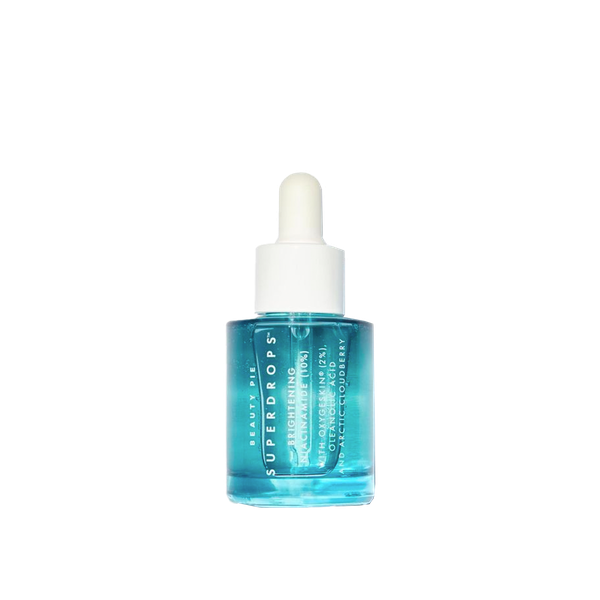
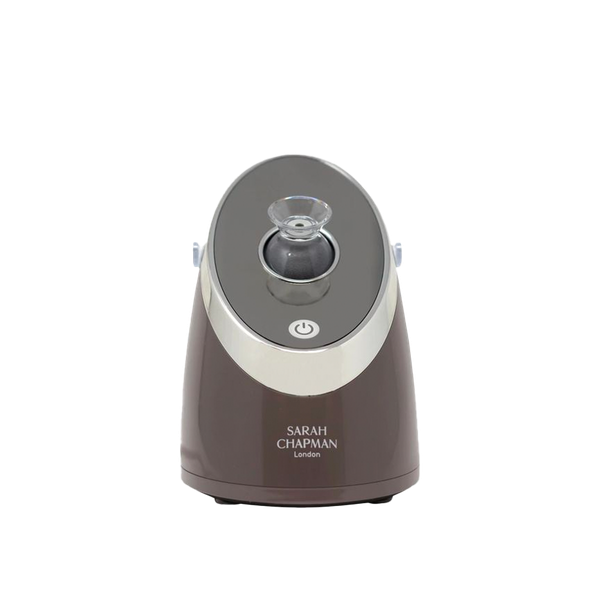
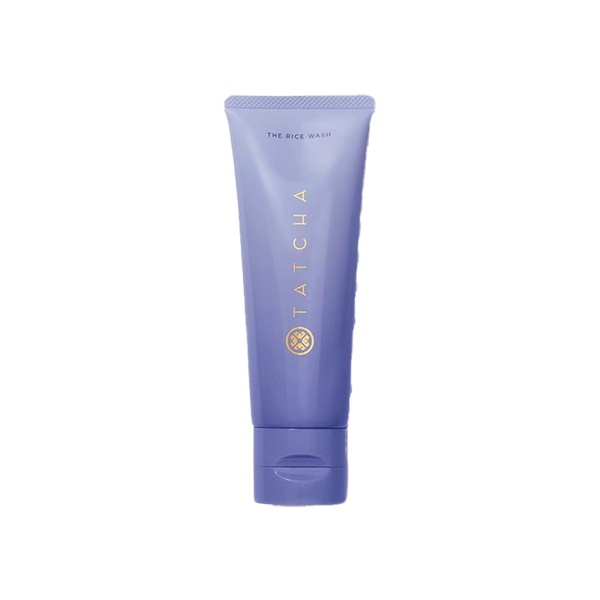
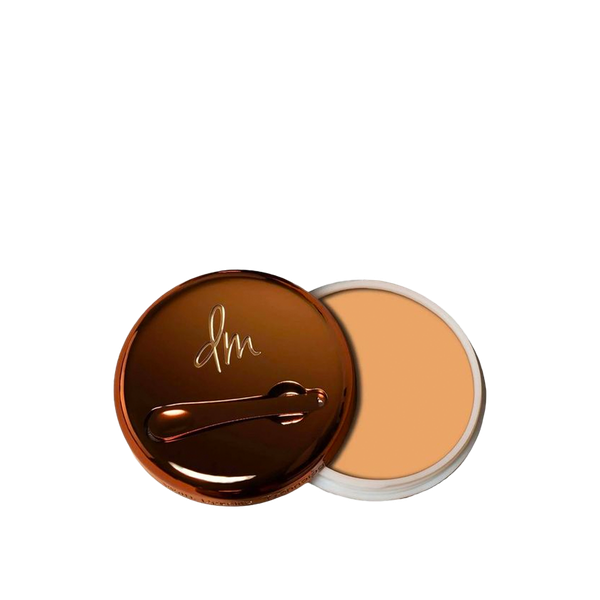
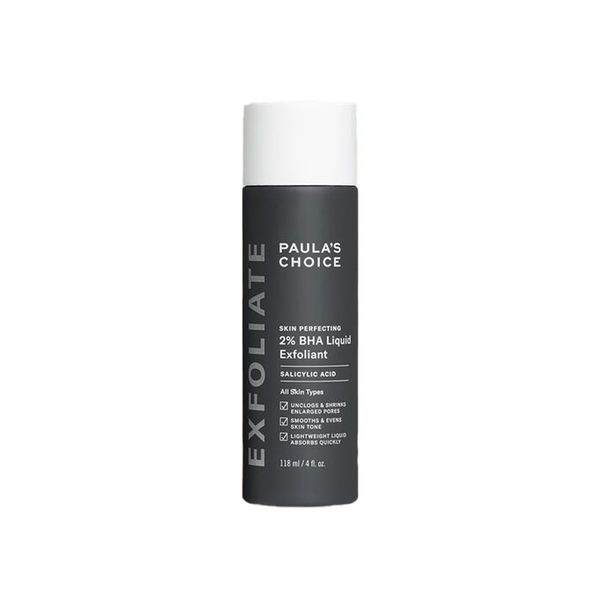
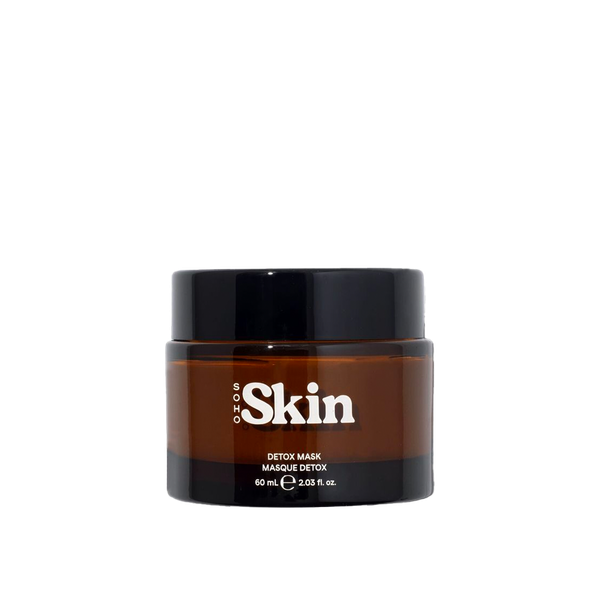
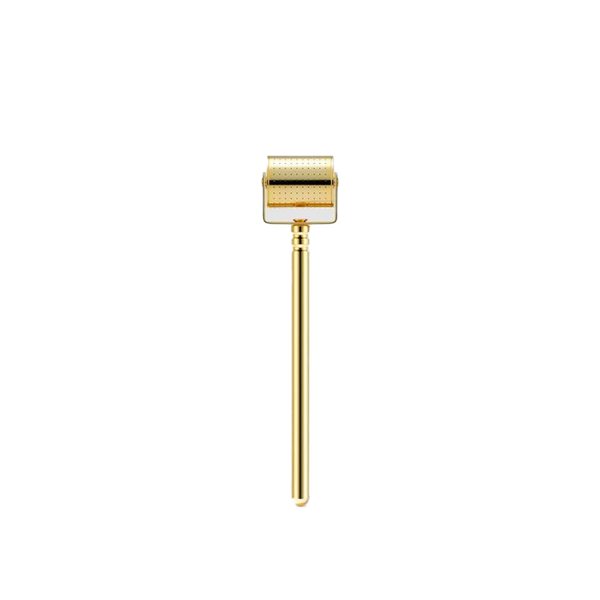
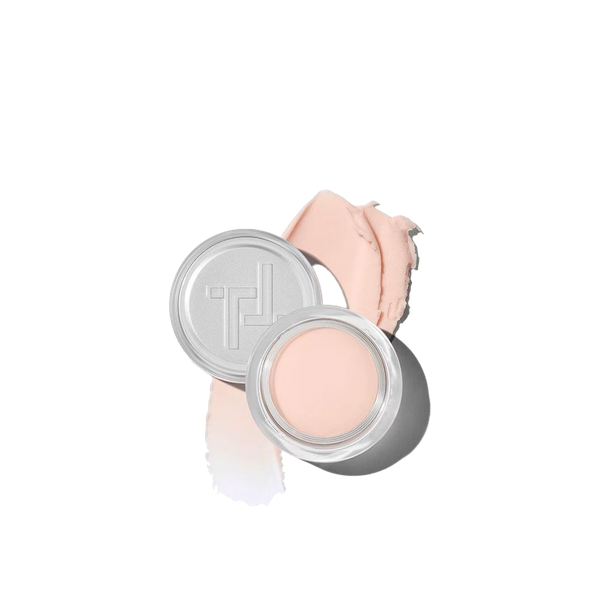
CREDITS: SORA SHIMAZAKI / PEXELS
DISCLAIMER: We endeavour to always credit the correct original source of every image we use. If you think a credit may be incorrect, please contact us at info@sheerluxe.com.


